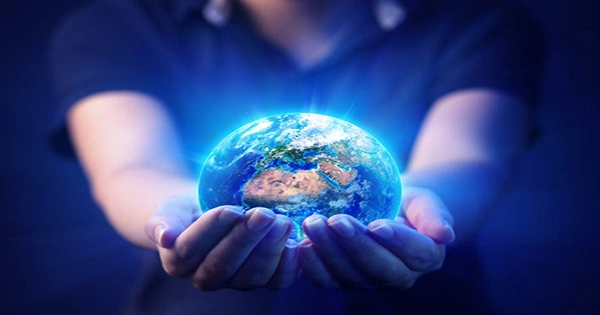The Earth is being severely impacted by climate change, which is fast altering the planet’s color. In a recent study, researchers demonstrated how rising global temperatures are causing the blue lakes of the world to turn a murky green-brown color.
There are many elements that affect a lake’s color, but the presence of algae and silt are the two main ones. The most recent research also demonstrates how factors such as air temperature, precipitation, lake depth, and elevation contribute to a lake’s color.
Less than one-third of all lakes in the world is blue, and the other two-thirds are greenish-brown. Green-brown lakes are located in drier areas, the interiors of continents, and along coastlines, while bluer lakes are typically deeper and are found in cooler, high-latitude locations with heavy precipitation and winter ice cover.
These rare blue lakes appear to be becoming even more rare as a result of climate change. Over 5 million Landsat-8 satellite photos of 85,360 lakes and reservoirs from around the world were examined by researchers at the University of North Carolina at Chapel Hill between 2013 and 2020. They paid special attention to how the lakes’ colors changed over time. The results of their research are displayed on this interactive map.
Blue lakes, according to the researchers, are disappearing. They postulate that this is due to the increase of lake algae due to climate change’s rising temperatures. Even though it’s small, an accumulation of algae can significantly alter a lake’s overall composition.
According to Catherine O’Reilly, an aquatic biologist at Illinois State University and the study’s author, warmer water, which fosters more algal blooms, tends to turn lakes greener.
Aesthetically, some of the lakes that we may have always thought of as a haven or as spiritual places, those places might be fading as the color changes. “Nobody wants to go swimming in a green lake,” said O’Reilly.
However, the problem doesn’t only start with visual modifications. The change in color is also a sign of how radically these ecosystems are changing, which will have an impact on the species and people who depend on them.
In O’Reilly’s words, “If you’re utilizing lakes for fisheries, sustenance, or drinking water, changes in water quality that are likely happening when lakes become greener will probably mean it’s going to cost more to treat that water.”
We won’t essentially receive the same ecosystem services from those lakes when they turn from blue to green because there might be times when the water isn’t usable and certain fish species aren’t present.
















